ID for Begonia in Bolivia
epiphyte78
11 years ago
Related Stories

HOUZZ TOURSMy Houzz: Comfortably Modern in San Francisco
City skyline views, artwork and simple lines style warm up a downtown loft
Full Story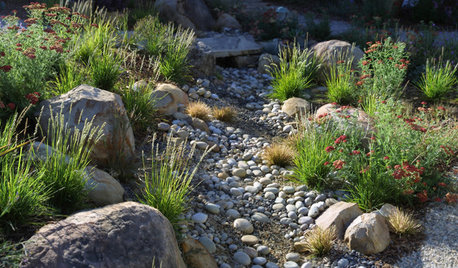
LANDSCAPE DESIGNHow to Design Your Landscape to Slow Down Water
Putting the brakes on stormwater runoff is the first step in sustainable water design
Full Story
HOUSEPLANTS10 Top Plants to Grow Indoors
Brighten a room and clean the air with a houseplant that cascades artfully, stretches toward the ceiling or looks great on a wall
Full Story
GREAT HOME PROJECTSHow to Replace Your Lawn With a Garden
New project for a new year: Lose the turfgrass for energy savings, wildlife friendliness and lower maintenance
Full Story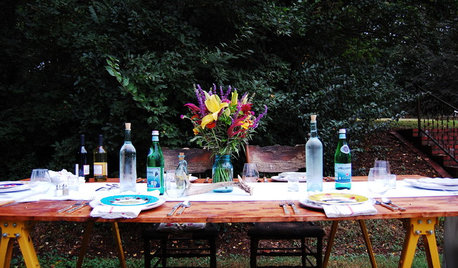
MOST POPULAR20 Ideas for Easygoing Summer Parties
Ditch the fancy and fussy in favor of laid-back entertaining that leaves you more time to enjoy the fun
Full Story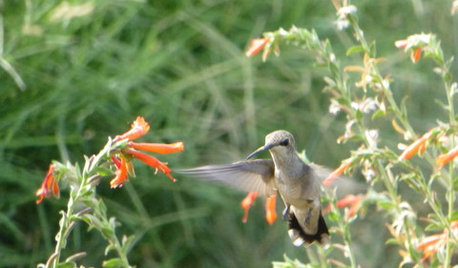
GARDENING GUIDESSweet Serendipity: Opening to Happy Garden Discoveries
Unplanned nature scenes can be unbelievably beautiful; you just need to know how to look
Full Story
GARDENING GUIDES7 New Plants to Grow for Beautiful Foliage
Add color, structure and interest to your garden with these recently introduced plants that sport exceptional foliage
Full Story
HOUSEPLANTS8 Essentials for Healthy Indoor Plants
Houseplants add so much to our homes — and can thrive when grown in the right conditions. Keep these tips in mind
Full Story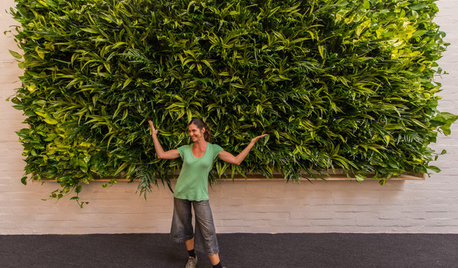
HOUSEPLANTSHow to Add a Living Wall
Learn how to choose systems and plants, and what it will cost to bring a bit of the outdoors in or green up a garden wall
Full Story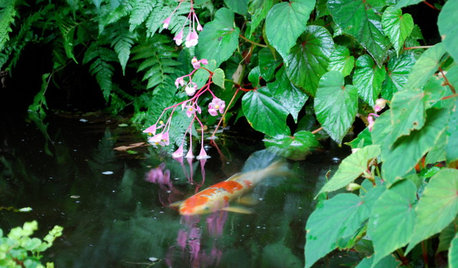
LANDSCAPE DESIGNExplore Your Garden Personality: The Artist
Drawn to shapes, textures and colors? Let your landscape be your canvas
Full StorySponsored
Leading Interior Designers in Columbus, Ohio & Ponte Vedra, Florida
More Discussions






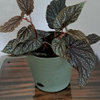
Woebegonia
epiphyte78Original Author
Related Professionals
Horsham Landscape Architects & Landscape Designers · Manorville Landscape Architects & Landscape Designers · Clermont Landscape Contractors · Williamsburg Landscape Contractors · Braintree Landscape Contractors · Fairview Landscape Contractors · Lebanon Landscape Contractors · Lemoore Landscape Contractors · Long Beach Landscape Contractors · Maywood Landscape Contractors · Bozeman Siding & Exteriors · Carmel Siding & Exteriors · Orange County Siding & Exteriors · Palatine Siding & Exteriors · Perth Amboy Siding & ExteriorsWoebegonia
JohnnieB
Woebegonia
Woebegonia
Woebegonia
Woebegonia
Woebegonia
epiphyte78Original Author